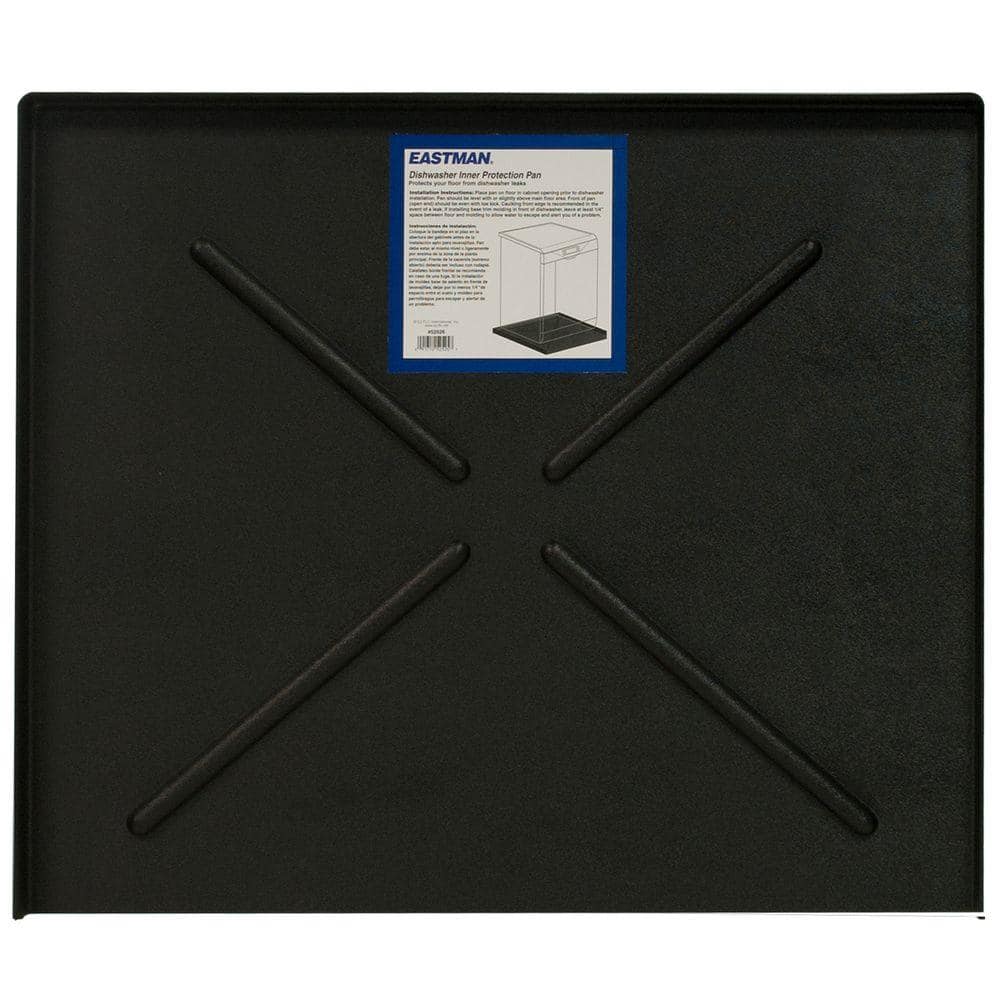I've had to make judgement calls like that before... how much to tear out. So anything easy and black comes out. Difficult and black if you want to do a good job. Really hard and black is the judgement call. Dried out well and treated might work. How will you know?
One word of caution, and this depends on the state you live in, I suppose. But... if mold takes hold years from now, and you've long-since sold the house, even if the mold was unrelated to this event, the next owners could come after you. If they can prove that you did the work yourself, and didn't do it properly (like by leaving damaged wood or sheet rock), then theoretically you could expose yourself. That's why my original advice was to rip out everything until you get to dry (unaffected) wood. Anything less is a potential risk to you and your family and the next family. "Potential" being the key word there, and something you have to decide for yourself. Risk being mold or liability. A "pro" would gut everything out. Possibly to drum up some work for himself, but also for the liability aspect.
So yah, taking out that subfloor is going to sting, but it's the correct fix, and it'll expose what's underneath, good or bad, which shouldn't be ignored.
Tip: can't quite tell how straight your lines are, but if you draw horizontal and vertical pencil lines on your sheetrock using a level, then saw on the lines, it makes cutting the replacement parts much easier. Same for floor, only use a square instead of a level.





